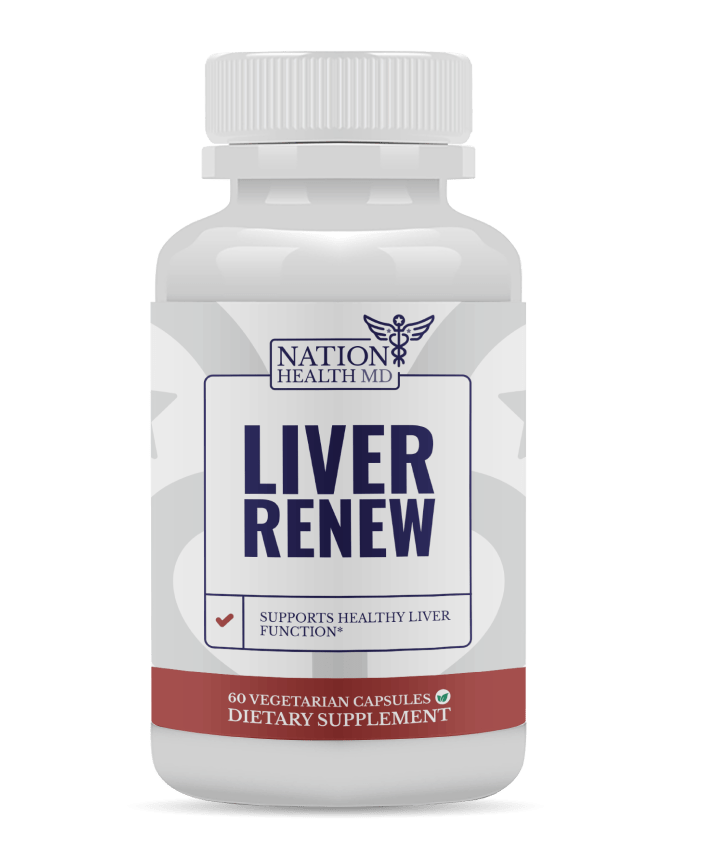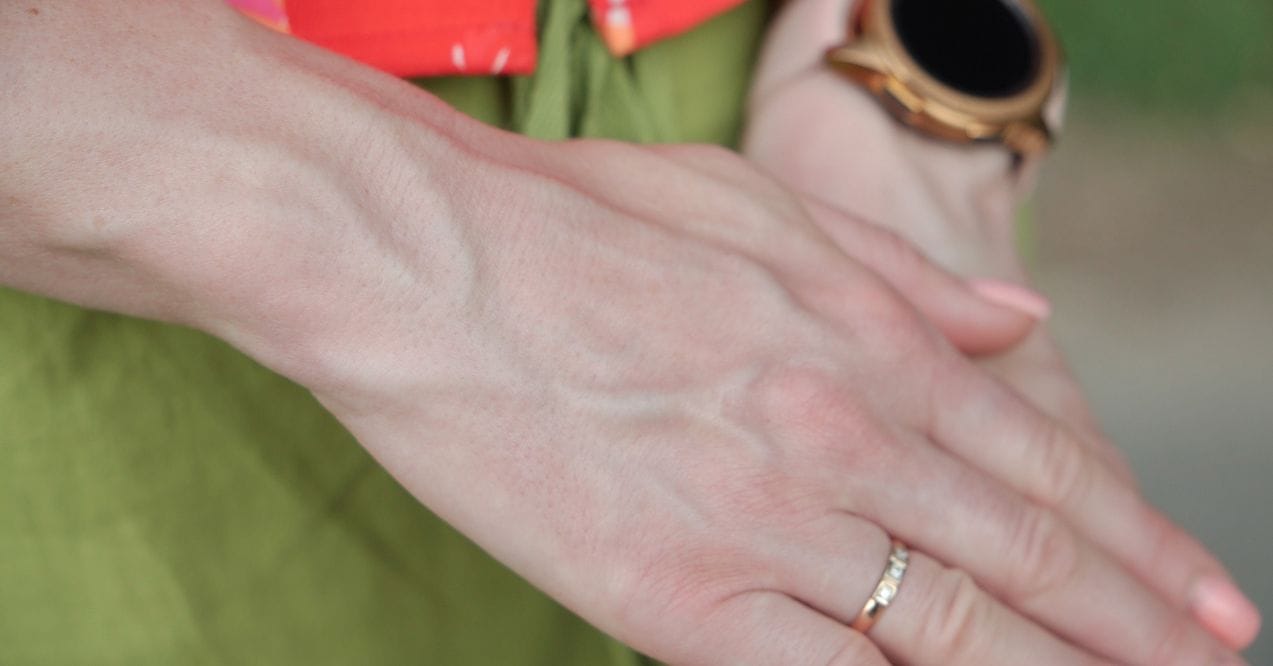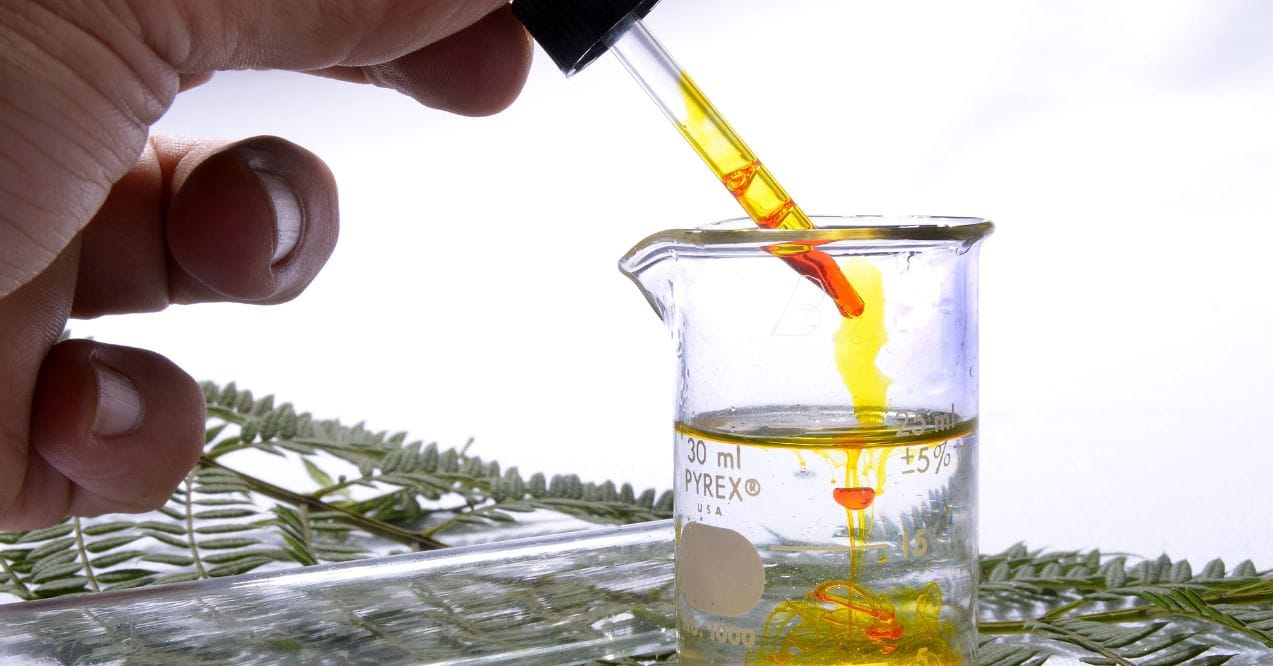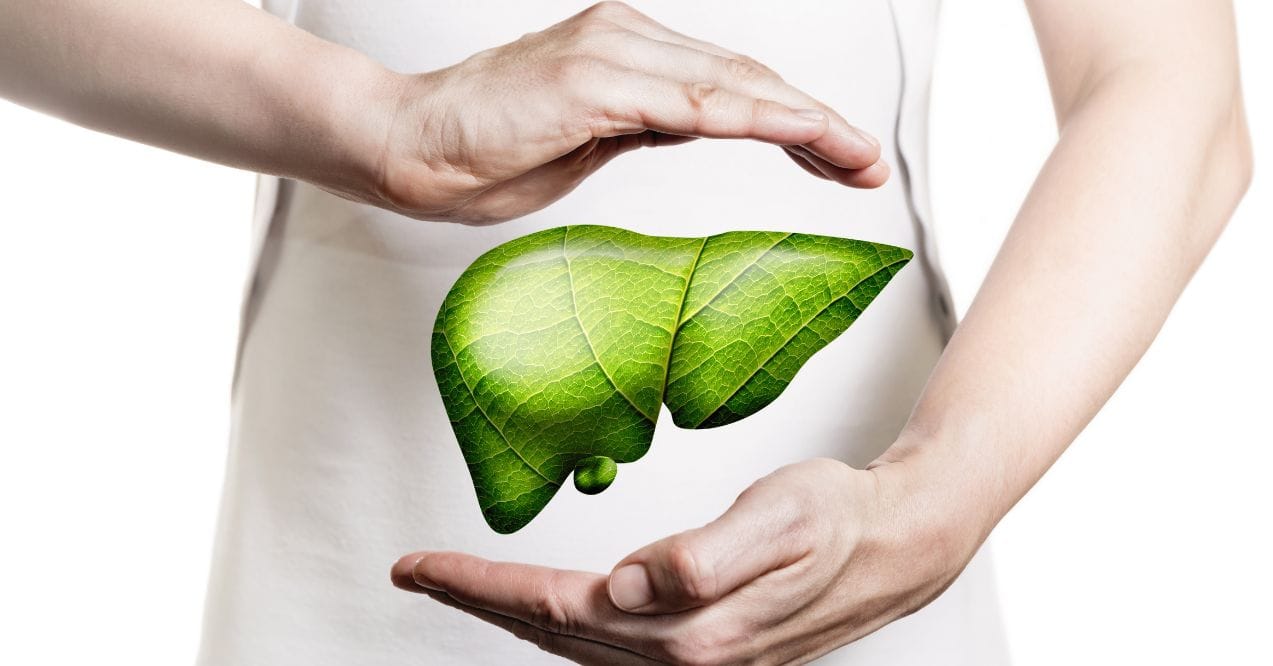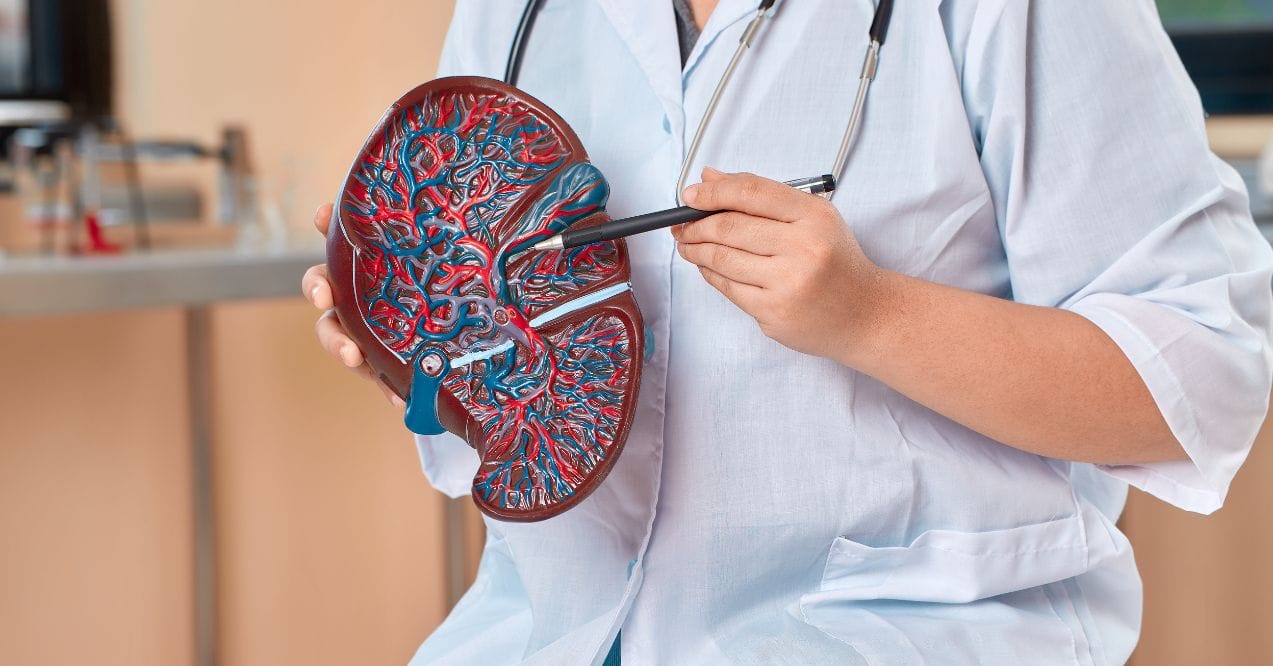Can Liver Damage Cause Rash?
Medically reviewed by our experts
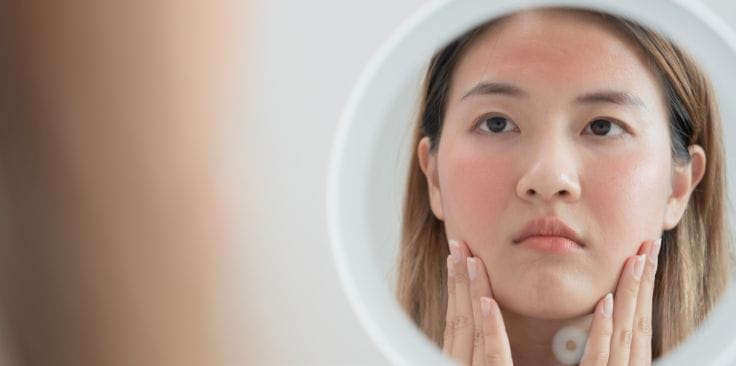

Your skin can tell you a lot about what’s happening inside your body, especially when it comes to liver health. While many people know the liver helps process nutrients, fewer realize the fascinating connection between liver function and skin appearance. Can liver damage cause rash? The answer might surprise you – various skin changes, including certain types of rashes, may indeed be linked to liver health. Understanding this connection can help you be more informed about your body’s signals.
Key Article Findings
- Your skin can signal liver health issues through rashes and other visible changes
- Watch for signs like persistent itchiness, spider-like blood vessels, and unusual palm redness
- Support liver health through regular movement, balanced nutrition, and traditional botanicals
Understanding Liver Function
The liver is one of the body’s most vital organs, handling over 500 essential functions to keep you healthy. It acts as a natural filter, processing everything you eat and drink – from nutrients and medications to environmental toxins.
Key Liver Functions
- Detoxification and Filtration – The liver filters over a liter of blood per minute, removing toxins and waste products to keep your body clean.
- Metabolism and Nutrient Processing – It converts food into energy, breaks down fats, and produces bile to aid digestion. The liver also helps regulate blood sugar by storing and releasing glycogen as needed.
- Protein Production and Storage – It creates essential proteins for blood clotting, immune function, and tissue repair. The liver also stores key vitamins and minerals, including A, D, E, K, and B12.
When liver function declines, you may notice changes in your skin. This happens because the liver processes proteins and balances nutrients that support skin health. Recognizing this connection can help you spot early signs of deeper health concerns.
Liver Damage and Skin Health
Can liver damage cause a rash? While it may not be the first link that comes to mind, your liver significantly influences skin health. When liver function declines, visible changes – like rashes – can appear and signal underlying challenges such as fatty liver disease.
Your liver supports skin health by:
- Processing proteins essential for skin structure and repair
- Balancing substances that affect skin appearance
- Aiding blood circulation, which influences skin tone
- Facilitating natural processes that help maintain skin clarity
Not all skin issues stem from liver dysfunction, but when they do, they can serve as early warning signs of deeper concerns. If you notice persistent changes in your skin, consider them alongside other symptoms to help catch potential liver problems sooner.
Common Skin Conditions Linked to Liver Damage

Liver damage can manifest in various ways, including changes to the skin. Because the liver plays a key role in detoxification, metabolism, and blood circulation, any disruption to its function may result in noticeable skin conditions. Below are some of the most common skin changes associated with liver concerns:
Jaundice (Yellowing of the Skin)
Jaundice occurs when the liver struggles to process bilirubin, a yellow pigment produced from the breakdown of red blood cells. When bilirubin accumulates in the bloodstream, it causes the skin, whites of the eyes, and mucous membranes to develop a yellowish hue. Jaundice is a classic sign of impaired liver function and may indicate conditions such as cirrhosis or bile duct obstruction.
Itchy Skin (Pruritus)
Persistent, unexplained itching is another common symptom linked to liver damage. This occurs when bile salts build up in the bloodstream due to reduced liver efficiency in bile processing. The irritation is often widespread, intensifies at night, and may not be accompanied by a visible rash. Chronic pruritus can significantly impact quality of life and may indicate cholestatic liver disease.
Spider Angiomas (Visible Blood Vessels on the Skin)
Spider angiomas are clusters of small, dilated blood vessels that appear close to the skin’s surface, resembling a spider web. They commonly develop on the face, neck, chest, and arms. These formations result from hormonal imbalances caused by impaired liver function, particularly excess estrogen levels, which affect blood vessel dilation.
Palmar Erythema (Redness of the Palms)
Palmar erythema presents as reddish discoloration, primarily affecting the outer edges of the palms. This condition is linked to altered blood circulation and hormonal changes associated with liver disease. The redness may fade temporarily when pressure is applied but returns quickly.
These skin changes can serve as important indicators of underlying liver concerns. While they do not always signal serious disease, they should be evaluated alongside other symptoms to determine potential liver-related issues.
How to Support Liver Health
Taking care of your liver is essential for overall well-being, including skin health. Since the liver plays a key role in filtering toxins, processing nutrients, and regulating bodily functions, adopting healthy habits can help support liver function and reduce the risk of liver-related skin issues.
Make healthy lifestyle choices:
- Avoid excessive alcohol consumption, as it can strain the liver and impair its ability to process toxins.
- Eat a balanced diet rich in fruits, vegetables, lean proteins, and healthy fats to provide essential nutrients.
- Stay active with regular exercise, which helps maintain a healthy weight and promotes circulation.
- Stay hydrated to assist the liver in flushing out waste effectively.
Consider liver-supporting supplements:
- Milk Thistle – Contains silymarin, a compound that may help support liver function by protecting liver cells. However, it’s important to check what medications should not be taken with milk thistle to avoid potential interactions.
- Dandelion Root – Traditionally used to support digestion and liver health. It may help stimulate bile production, which plays a role in breaking down fats and removing toxins.
- Turmeric – Contains curcumin, which may promote a healthy inflammatory response. It also supports antioxidant activity, which helps protect liver cells from oxidative stress.
Monitor liver health regularly:
- Schedule routine checkups to assess liver function and catch potential issues early.
- Be mindful of changes in skin health, energy levels, and digestion, as these may indicate liver stress.
By making simple lifestyle adjustments and supporting liver function naturally, you can help maintain liver health and promote clearer, healthier skin.
Conclusion
So, can liver damage cause rash? The evidence clearly shows that your skin can indeed reflect your liver’s health. From itchy skin to various types of rashes, these changes serve as important signals from your body. By understanding these connections and making supportive lifestyle choices, you can take proactive steps for your overall wellbeing. If you notice persistent skin changes, reach out to your healthcare provider for personalized guidance.
Yes, liver challenges can lead to various skin changes, including rashes. When your liver isn’t functioning optimally, it may affect protein production and nutrient processing, which can show up as skin changes including different types of rashes.
Key skin changes to notice include persistent itchiness, especially at night, unusual redness in your palms, spider-like blood vessels appearing on your skin’s surface, and any yellowish tint to your skin or eyes.
Yes, liver function affects overall skin health in multiple ways. Changes might include dry patches, increased sensitivity, unusual bruising patterns, and changes in skin texture. Your skin’s natural renewal process may also be affected.
Liver: anatomy and functions. (2019). Johns Hopkins Medicine.
Professional, C. C. M. (2024). Liver. Cleveland Clinic.
Wisely, R. (2017). What does the liver do, and how do I keep mine healthy?
Nordlie, R. C., et al. (1999). Regulation of glucose production by the liver. Annual Review of Nutrition, 19(1), 379–406.
Hessien, M., et al. (2014). Monitoring coagulation proteins during progression of liver disease. Indian Journal of Clinical Biochemistry, 30(2), 210–216.
The liver and its functions. (n.d.).
Admin. (2024). The connection between liver health and skin problems: What to watch for – Chennai Liver Foundation. Chennai Liver Foundation.
Professional, C. C. M. (2024). Adult jaundice. Cleveland Clinic.
Marenco-Flores, A., et al. (2024). Managing pruritus in chronic liver disease: An in-depth narrative review. Clinical Liver Disease, 23(1).
Ellis, M. E. (2018). Spider nevus (Spider angiomas). Healthline.
Johnson, J. (2024). What is palmar erythema?
Northwestern Medicine Staff & Northwestern Medicine. (2022). What alcohol does to the liver. Northwestern Medicine.
Gillessen, A., & Schmidt, H. H. (2020). Silymarin as supportive Treatment in liver Diseases: A Narrative review. Advances in Therapy, 37(4), 1279–1301.
Pfingstgraf, I. O., et al. (2021). Protective Effects of Taraxacum officinale L. (Dandelion) Root Extract in Experimental Acute on Chronic Liver Failure. Antioxidants, 10(4), 504.
Peng, Y., et al. (2021). Anti-Inflammatory effects of curcumin in the inflammatory diseases: Status, limitations and countermeasures. Drug Design Development and Therapy, Volume 15, 4503–4525.
Crna, R. N. M. (2023). 6 ways fatty liver disease can show up on your face. Healthline.
Popular Articles
Advertisement. This site offers health, wellness, fitness and nutritional information and is designed for educational purposes only. You should not rely on this information as a substitute for, nor does it replace, professional medical advice, diagnosis, or treatment. If you have any concerns or questions about your health, you should always consult with a physician or other health-care professional. Do not disregard, avoid or delay obtaining medical or health related advice from your health-care professional because of something you may have read on this site. The use of any information provided on this site is solely at your own risk.
